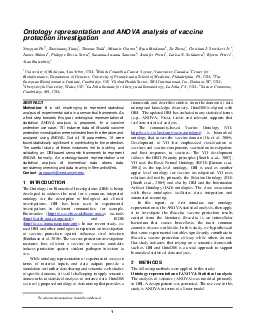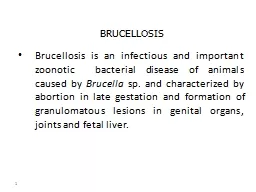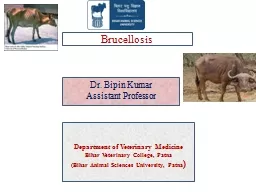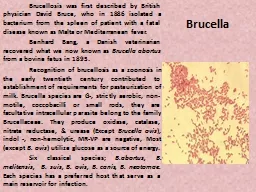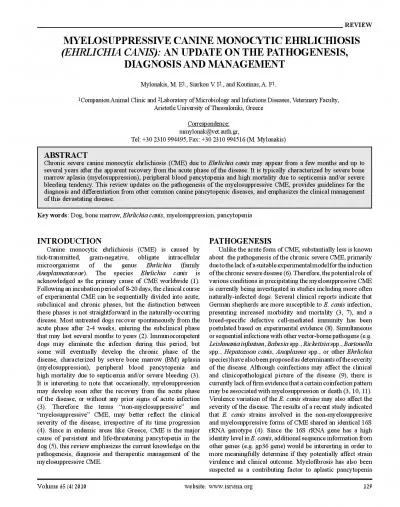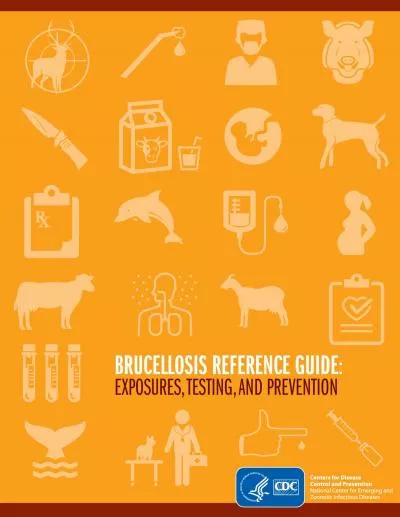PPT-1 Brucella Canis Our Practice and Experience
Author : contera | Published Date : 2020-11-06
2 Agenda I Introduction II Clinical Signs III Therapy IV Conclusion 3 Introduction I Fetus Placenta fetal fluids vaginal discharge after an abortion and stillbirths
Presentation Embed Code
Download Presentation
Download Presentation The PPT/PDF document "1 Brucella Canis Our Practice and Experi..." is the property of its rightful owner. Permission is granted to download and print the materials on this website for personal, non-commercial use only, and to display it on your personal computer provided you do not modify the materials and that you retain all copyright notices contained in the materials. By downloading content from our website, you accept the terms of this agreement.
1 Brucella Canis Our Practice and Experience: Transcript
Download Rules Of Document
"1 Brucella Canis Our Practice and Experience"The content belongs to its owner. You may download and print it for personal use, without modification, and keep all copyright notices. By downloading, you agree to these terms.
Related Documents








